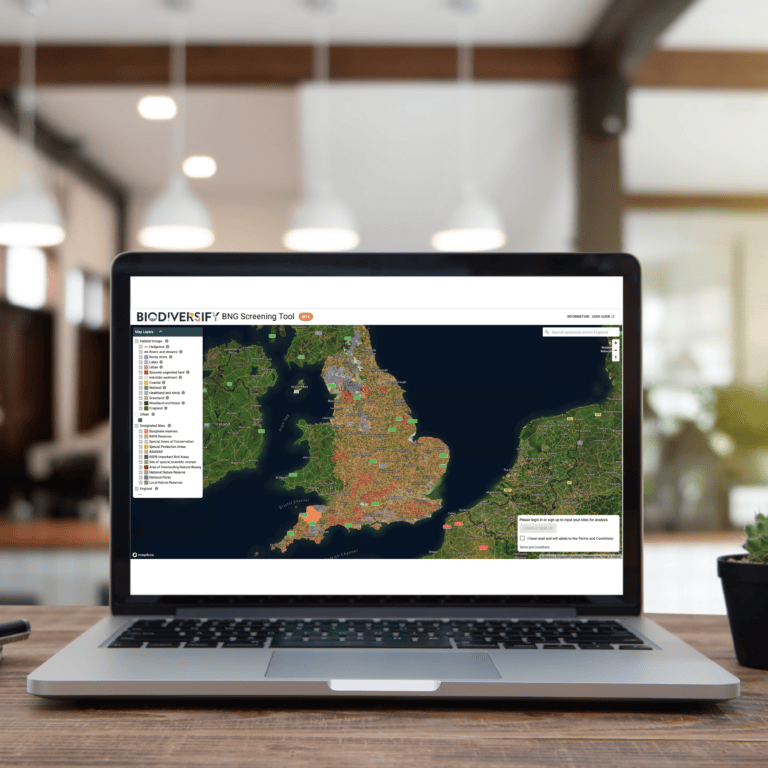DNA analysis for biodiversity insights

Problem addressed
Understanding and reporting on nature can be challenging and complex. However, it is crucial for actors in the built environment to understand biodiversity and nature in order to gain insights into the species that exist within and around cities and urban areas. This is essential for both assessing and reporting on the potential impacts of urban developments on nature and biodiversity.
Case study
Uncovering the recovering biodiversity along the Sussex coast
In March 2021, the Sussex Nearshore Trawling Bylaw was introduced, banning trawling along the Sussex coastline in the hope that over time, the kelp forest ecosystem that used to thrive in these waters would recover.
Traditional survey methods including baited remote underwater video (BRUVs) are expensive and labour-intensive, so the University of Sussex wanted to compare this traditional method to NatureMetrics’ eDNA metabarcoding service to monitor biodiversity recovery inside the trawling exclusion zone over multiple years.
The University of Sussex chose to work with NatureMetrics metabarcoding service for the multi-year project as the surveying method is easily replicable and the simple sampling procedure meant sampling could be conducted by students.
An analysis of the project revealed that NatureMetrics’ eDNA solution detected three times as many marine vertebrate species along the Sussex coast compared to traditional baited remote underwater video surveys.
Furthermore, the analysis compared the effort required for both methods. Visual surveys, including fieldwork and data processing, demanded an extensive total effort of 7 hours per survey site, equivalent to 8 hours for each species detected. In contrast, utilizing NatureMetrics’ eDNA service significantly reduced the effort to only 25 minutes per survey site or 1.25 minutes per species detected. These time savings highlight the efficiency and cost-effectiveness offered by eDNA technology.
Facts and Figures
This page presents data, evidence, and solutions that are provided by our partners and members and should therefore not be attributed to UKGBC. While we showcase these solutions for inspiration, to build consensus, and create momentum for climate action, UKGBC does not offer commercial endorsement of individual solutions. If you would like to quote something from this page, or more information, please contact our Communications team at media@ukgbc.org.
Related members
Related
BNG Screening Tool

Co-production and community engagement for nature based solutions

Green roofs for people and nature

Design tool to calculate the natural capital impacts and biodiversity of trees

